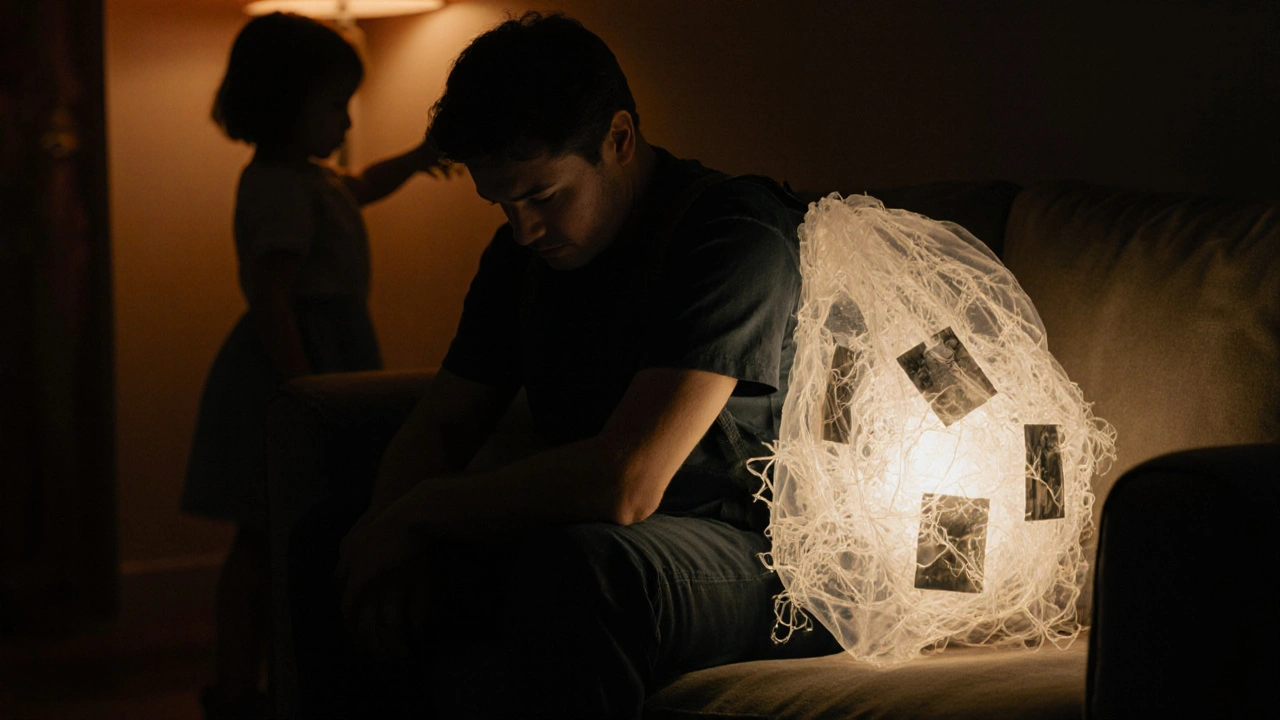Childhood Trauma: Understanding Its Impact and Treatment Options
When talking about Childhood Trauma, the experience of harmful events during early development that can shape brain, behavior, and health later in life, also known as early life stress, it’s easy to think of isolated incidents. In reality, childhood trauma creates a ripple that touches everything from learning to relationships. The first semantic link is simple: Childhood trauma influences adult mental health. That influence shows up as chronic anxiety, depression, or trouble managing stress. Researchers have found that kids who endure abuse, neglect, or household dysfunction are far more likely to develop medical conditions such as hypertension or diabetes in adulthood. The brain’s stress response stays on high alert, rewiring pathways that control emotion and immunity. Because of that, the second connection emerges: Childhood trauma increases risk of physical disease. Understanding these cause‑and‑effect chains helps you see why addressing trauma early can prevent a cascade of health problems later on.
Key Connections Between Trauma and Health
One of the most cited frameworks is Adverse Childhood Experiences, a set of 10 or more stressful or abusive events that occur before age 18, also called ACEs. ACEs act as a measurable index of how much early stress a person has faced. The third semantic triple states: Higher ACE scores predict greater likelihood of PTSD. Post‑Traumatic Stress Disorder, or PTSD, a mental health condition triggered by experiencing or witnessing a terrifying event, often emerges when trauma is left unprocessed. PTSD doesn’t just stay in the mind; it can cause sleep disturbances, heart rhythm irregularities, and immune suppression. That’s why the fourth link matters: PTSD can worsen existing medical conditions. On the flip side, there are tools that can break the cycle. Cognitive Behavioral Therapy, a short‑term, goal‑oriented psychotherapy that focuses on changing negative thought patterns, also known as CBT has solid evidence for reducing trauma‑related symptoms. In many cases, CBT combined with medication accelerates recovery, which leads us to the fifth connection: Therapy plus psychopharmacology offers the best outcome for many survivors. That pairing is especially relevant when anxiety or depression co‑occur with PTSD, as medications can stabilize mood while therapy reshapes coping strategies.
Our collection of articles below reflects these relationships. You’ll read about how specific drugs—like certain antidepressants or blood‑pressure medicines—interact with the stress pathways altered by early trauma. Some posts explain how clinicians decide between medication types, while others dive into lifestyle tweaks that support recovery. By linking the science of trauma with practical treatment advice, we aim to give you a roadmap for navigating both mental‑health and physical‑health concerns that stem from childhood adversity. Scroll down to discover detailed guides that tie the concepts of ACEs, PTSD, therapy, and medication together, helping you turn knowledge into action.
How Childhood Trauma Fuels Adult Depression: Causes, Signs, and Solutions
Explore how childhood trauma raises the risk of adult depression, uncover the biological and psychological pathways, spot key warning signs, and learn effective treatment and prevention strategies.
Read more
